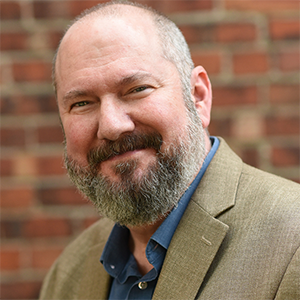SYRACUSE, N.Y. — The roundabout near Dr. King Elementary School in the Interstate 81 (I-81) viaduct-replacement project will move to a different location, and the project will cost more than expected and take longer to complete as well.
That’s according to officials with the New York State Department of Transportation (DOT), who held a media briefing on the project early Friday afternoon at the Senator John H. Hughes State Office Building at 333 East Washington St. in Syracuse, next to Syracuse City Hall.
State and federal officials favor the community grid alternative for the project, Mark Frechette, I-81 project team director, noted at the start of his remarks. It would deconstruct a section of I-81 in downtown Syracuse and redirect highway traffic to I- 481. A portion of I-690 near the current intersection with I-81 would also be rebuilt and a boulevard-like Business Loop 81would be created in downtown.
(Sponsored)

Avoid the Employment Law Mistakes that Threaten Your New Business
Amid the excitement and uncertainty that accompany the opening of a new business, entrepreneurs often overlook basic employment law requirements that can cost them dearly. These include how they classify

Cybersecurity in Today’s Remote Work Environment
The response to the COVID-19 pandemic demonstrated that remote work was viable for many companies. Today, remote and hybrid work models have become standard options for most professionals. While remote
Roundabout move
The DOT plans to move the roundabout that was originally proposed near the Dr. King Elementary School to the Van Buren Street area near Renwick Avenue, which is near the Syracuse University campus.
“One of the topics we heard much from the community about was the roundabout and specifically, the location of the roundabout,” Frechette said.
He went on to say the DOT has analyzed a number of locations for the roundabout and officials believe moving the roundabout from the MLK area to Van Buren Street will help “calm traffic” and provide that same transition from high speeds to slower speeds as drivers enter the community grid.
The DOT wanted to install a roundabout on the south side of the city to help transition drivers traveling at high speeds coming into the city after traveling on the interstate. When they hit the community grid section, they would be traveling at a reduced speed of 30 miles per hour.
“We found the roundabout to be a good transportation solution to assist in that,” Frechette said.
In a statement issued late Friday afternoon, Syracuse Mayor Ben Walsh said the DOT has briefed him on the proposed move of the I-81 roundabout location.
“I appreciate that NYSDOT heard the concerns of the community on the proposed roundabout next to Dr. King Elementary School and I’m encouraged by their new plan to relocate it. I look forward to reviewing the updated plans in more detail and continuing to work alongside NYSDOT and city residents to ensure we maximize the community benefit on this transformational project,” Walsh said.
Project cost increase
The DOT and Federal Highway Administration (FHWA) have increased the cost of the I-81 viaduct-replacement project to $2.25 billion, up 12.5 percent from the original cost estimate of $2 billion, Mark Frechette, I-81 project team director, said.
They’re also extending the construction duration from five years to six years. The details will be part of the upcoming final environmental-impact statement that the DOT will release this spring.
“I will also mention that the viaduct replacement that is carried in the document also went up in cost and the construction duration also would take longer. That’s really a result of what we’re experiencing with getting steel … concrete and a lot of the risks that are posed to us now,” Frechette added.
He noted the cost increase “in an effort to remain open and transparent and applying some of the project risk” that had been discussed during a meeting last November with the FHWA and national subject matter experts.
The meeting was part of the requirement that agencies have to meet to prepare a cost-scope risk assessment.
“We applied a variety of risks that we could encounter within the next five to six years. Those risks include inflation. Those risks include supply chain and material availability; price volatility (what’s happening in the market with prices); contractor and workforce availability in Central New York,” Frechette said.




